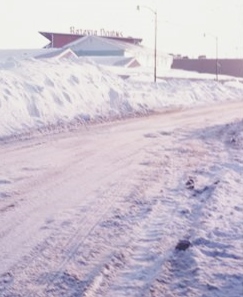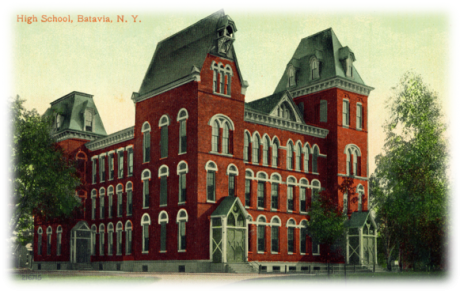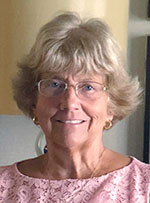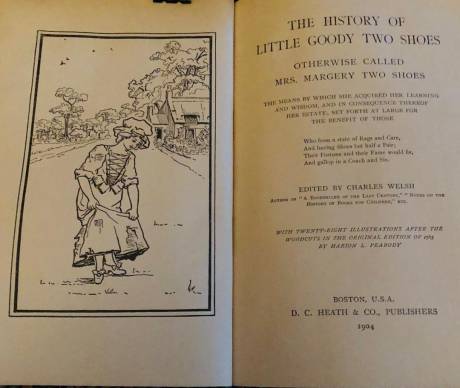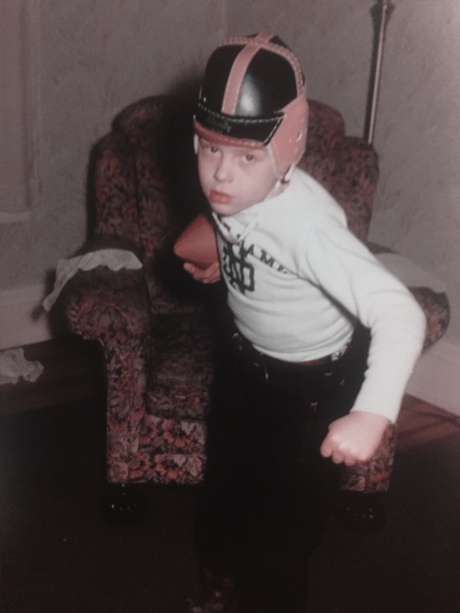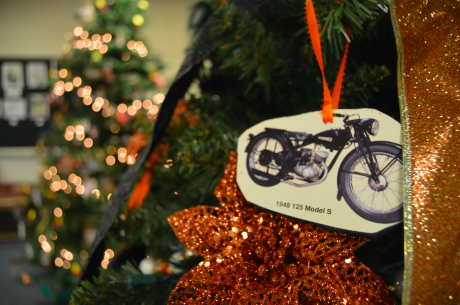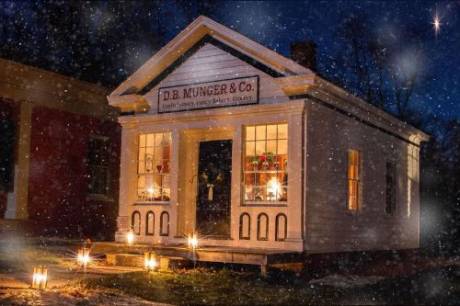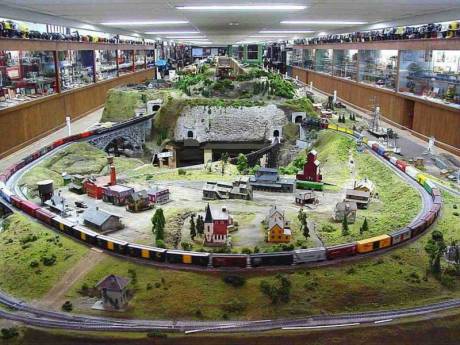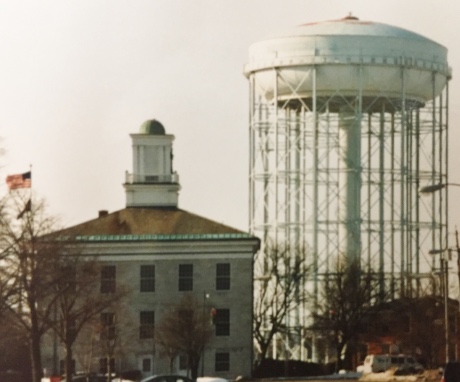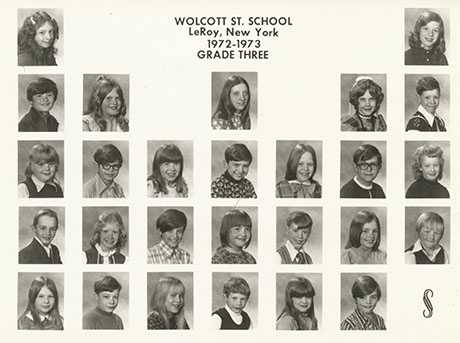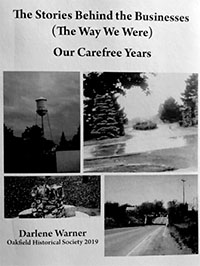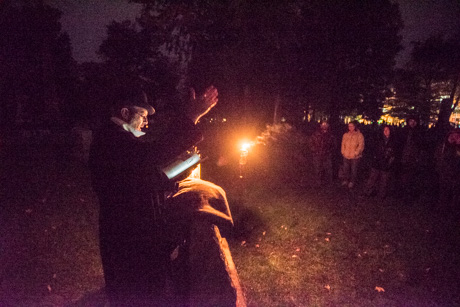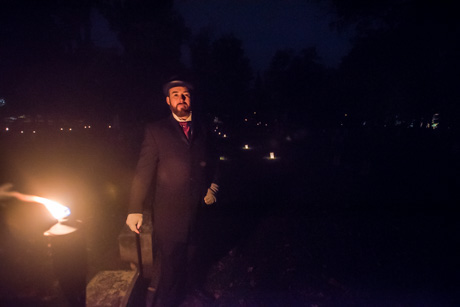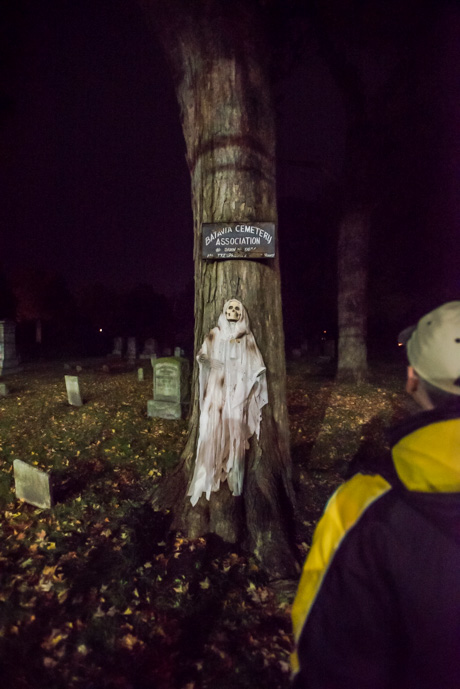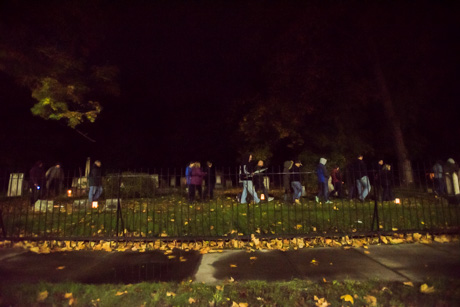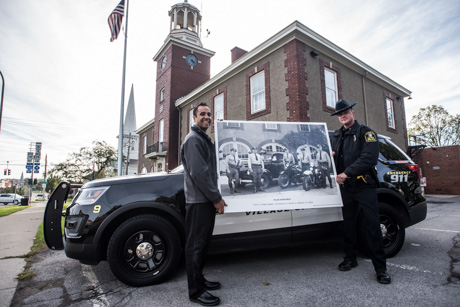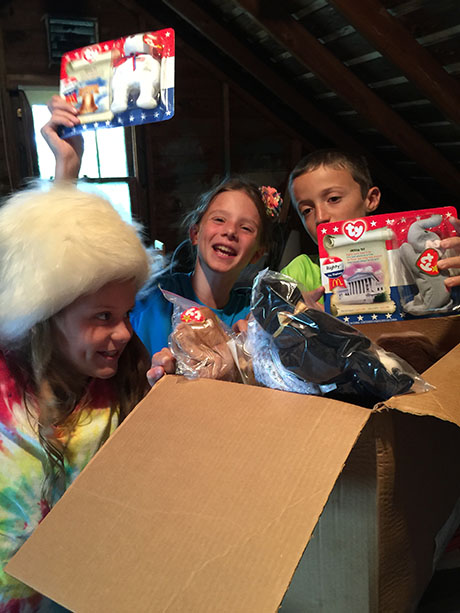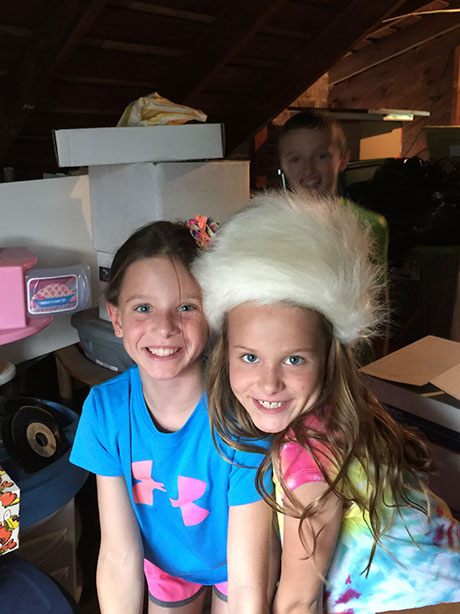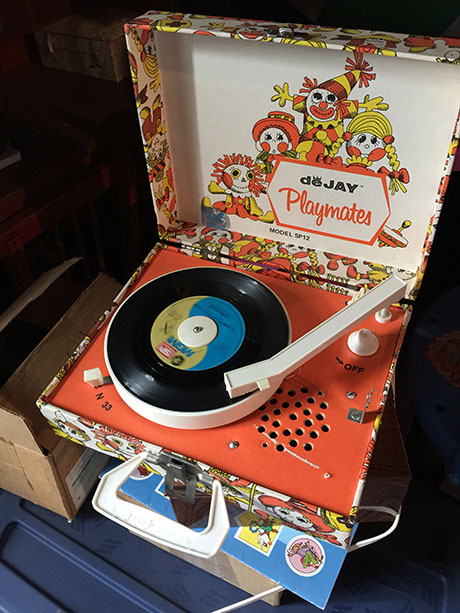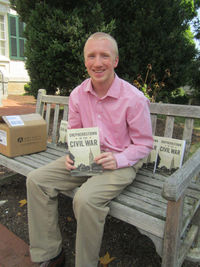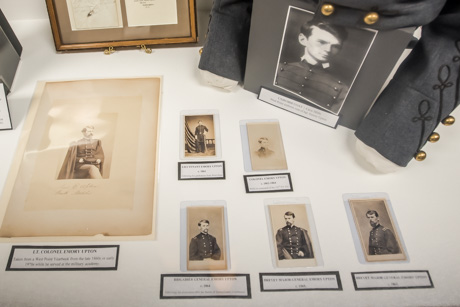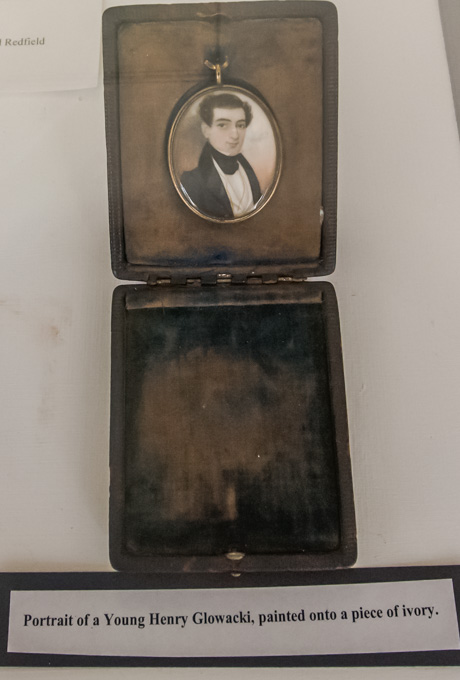When you live in Western New York, one thing you can expect is people complaining about the winter weather.
It should be noted though that people today have less to grouse about than 50 years ago.
The average temperature has increased 2.5 degrees per year and while more precipitation falls in the winter, less of it is snow.
That hasn't stopped people from moving to or spending their winters in Florida. I guess hurricanes, alligators, snakes and bugs are preferable to gloves, ice scrapers and salt trucks. Do people wear Uggs in Florida? Just wondering.
When you have resided in the North your whole life there are bound to be memorable winter storms that will stir up comparisons among those who endured them. Batavians of a certain age debate the snowfalls of 1966 vs.1977.
Because of circumstances I experienced, the most unforgettable to me was the Blizzard of 1966.
On Jan. 30th and 31st, 1966 the entire Northeast was wracked by a blizzard that blew in from the west. Western New York was especially hard hit due to the cyclonic effect in which winds wrapped around and blew off Lake Ontario and Lake Erie, adding much more snowfall.
Winds of up to 50 miles per hour whipped snow that was falling, or more accurately blowing sideways, at a rate of one to two inches per hour. The Batavia area was still digging out from a heavy snowfall the week before, which had dropped two feet of the white stuff.
Snowdrifts up to 15-feet high, chain-reaction Thruway crashes, lots of stranded motorists
When the winds finally abated on Feb. 1st and 2nd, Western New York had been shut down to travel and motorists were stranded for up to a week. Drifts were 10 to 15 feet high in some places and heavy machinery was needed to open streets and highways.
During the blizzard a chain reaction accident of up to 100 vehicles had taken place on the Thruway just east of Batavia. Drivers had to be rescued and some taken to local hospitals. Cars blocking the Thruway were supposedly plowed off to the median (although the state disputed this) and remained there until they could be towed away.
When the storm began, I had just turned 19 the week before and was home on a break from my sophomore year at St. John Fisher College in Rochester. It was a tense time for me because there was a chance that I might flunk out. From my freshman year I was on double secret probation or whatever they called it.
There were no emails back then and the only way to find out your grades for the first semester was to go to the administration building and get a copy. They would not give them out by phone either. Of course, I had not revealed this fear to my parents who were footing the bill.
Before I returned to college, my mom had invited my aunts and grandmother to our house for a belated birthday celebration for me.
My two unmarried aunts lived together in the longtime family home on Cedar Street and neither of them drove, so they always had to be picked up and taken back. My maternal grandma lived on North Lyon Street and had one of those cars with the ball on the radio aerial so you could find it in a parking lot. Also on hand were my 16-year-old brother Dan, and my youngest brother, 8-year-old Jim, in addition to mom and dad.
Winter storm turns into paralyzing blizzard
As the day turned to evening, the snow and wind increased by the hour. Dan and I started to get nervous when we noticed our parents peering out at the storm and talking in hushed tones with each other. Snippets of the discussion were overheard.
“...Your mother will never make it in this”... “What do we do about Kate and Peg ?”... Uh oh.
Dan and I had a whispered conversation of our own that went something like -- “Holy cow! It's really coming down. We could be stuck in here with all these people for a week!”
I know. An opportunity for some real family bonding time, right? No. Hey, we were immature selfish teenagers.
To us, this would be just as bad as those stranded motorists being stuck in the bus garage. We'd have to give up our beds and bedrooms and sleep on the family room floor. They'd be watching game shows and Lawrence Welk on the TV. We'd be cooped up with my aunts, who gave off a faint aroma of mothballs.
We needed to get out of there! But how? And where?
We put our heads together and came up with what we thought was a brilliant plan for escape. Two 50-something women couldn't get the mile or so from our house on North Spruce Street to their home on Cedar Street, but we could. There was food, heat and a TV there. What else did we need?
I don't recall if our parents put up any resistance, but they were preoccupied with figuring out how to provide for everyone anyway. A couple less humans in the house was probably a good thing.
'Arctic explorers' make the 'tough slog' to Cedar Street
So we bundled up looking like Arctic explorers Robert Peary and Matthew Henson headed to the North Pole and ventured out into the maelstrom.
I do recall that it was a tough slog even for healthy teenagers. The snow felt like little needles on your face and no plows had been out at all so we were essentially breaking trail down the middle of the road.
We cut through from East Avenue to the plaza on East Main Street where Your Host restaurant and Lane Drugs were (both closed). There was also a 24-hour laundromat (where my friends and I bought cigarettes for 30 cents a pack out of a machine in high school) that was open so we stopped in there to warm up halfway on our hike.
We were amazed to see that the entire parking lot was full of tractor-trailers waiting out the storm. It was eerie to view the snow blowing across the plaza lights, hear the sound of all the semi engines running, but seeing absolutely no moving traffic on Route 5 or 33.
Eventually, we made it to our aunts' house, called our parents so they knew we were safe, shed our boots, long johns, hats, scarves, coats and gloves, and hunkered down for the duration of the storm.
Aunts Kate and Peg were two of the worst cooks imaginable (they prepared ham by boiling it in water), so we took stock of what was in the fridge and cupboards to find out if we could survive. Mostly, I think we were looking for cookies, cakes, chips and stuff for sandwiches. You know, teenager food.
TV news confirms blizzard 'was a pretty big deal'
We settled in to watch some TV and soon the 11 o'clock news came on. The entire broadcast was about the blizzard and we realized that this was a pretty big deal.
As it got to midnight, we expected the TV station to sign off, play the national anthem, and put up the overnight test pattern as was the procedure in those days. But, to our happy surprise, the announcer said that due to the storm they were going to stay on later than usual and show movies for all those out in TV land who were stuck in the snow. Sweet!
I don't recall what movies were shown, but for sure they were in black and white and even more surely they were no Oscar winners. Maybe "The Blob" with a young Michael Landon or "Bernadette of Lourdes" for all the Catholics who were tuned in.
About 2 a.m. the movies ended and the station signed off. I said to Dan, “Well, let's head upstairs and get some sleep.”
He replied incredulously, “Are you crazy? I'm not sleeping in those beds!”
“Why not ?”, I asked.
“There's probably leg hairs stuck to the sheets,” he replied drolly. “Think about it.”
Fifty years later I still chuckle at that comment.
So, we found some hair-free blankets (we hoped) and bedded down on the couches for the night with the sound of the wind rattling the windows.
(Snowfall from the blizzard of '66 on Cedar Street in Batavia, courtesy of the Batavia History Department.)
When I awoke, I was confused briefly as to where I was. It was daylight and I realized that I didn't hear the wind anymore. I went to a window facing Cedar Street and looked out.
Behold a 'marshmallow landscape'
My eyes must have blinked several times as I tried to focus on familiar landmarks. But there were none. Everything was white as if Mother Nature had poured bleach over the world.
I was completely disoriented as there was no depth perception at all. The sky: white. The ground: white. Everything: white.
It was then, as I tried to get my bearings, that I noticed some movement off to the south, or left. A small stick-like figure was advancing through the marshmallow landscape. I could discern that it was a person coming up the middle of the street, or at least where there should be a street.
As it got closer, I could tell that it was someone on snowshoes. Dan was now awake and at the other front window. The human snowman was approaching the front of the house and he or she began climbing up and up some more. It was then that we realized that the snowshoer was ascending a drift in front of the house that was at least 10 feet high!
My brother and I simultaneously went “Wow!”
As the Yeti-like creature came down the other side of the drift headed for East Main Street we knew at that moment that: 1. We were going to be there for a while; and 2. This was a storm we would never forget.
Shoveling out, returning to normal
I can't recall how many days we stayed at our teenage refuge, but it was a least a few. Dan and I kept busy during the day by shoveling a path from the house to the street. Our parents called often to check up on us and to ascertain if the street was clear for my aunts to return home.
Cedar Street is a connecting road between routes 5 and 63 so it needed to be travelable sooner rather than later. At some point, huge machines showed up and within a few hours the street was open. We marveled to watch the front-end mounted snow throwers, gigantic loaders and “V” plows do their jobs.
When my aunts returned home my dad had to let them out of the car in the street and Dan and I helped them navigate the thin opening through the giant drifts and plowed snow to get to their porch. They were very appreciative of us caring for their house and we were glad we'd made them happy. It wasn't the last time we had to assist them to the house either, because their driveway was unusable until the spring when the snow finally melted away.
When I did return to St. John Fisher, sweating nervously all the way in the car with my dad, I got the good news that I had indeed passed and would be able to stay. Years later, when I told my parents about my narrow escape from having to leave college, it added that much more to my recounting of my adventure in the Blizzard of '66.
(Top inset photo of Batavia Downs following the blizzard of 1966 taken by Gleason Cleveland, courtesy of Joshua Pacino.)
Photos courtesy of Dave Reilly.

